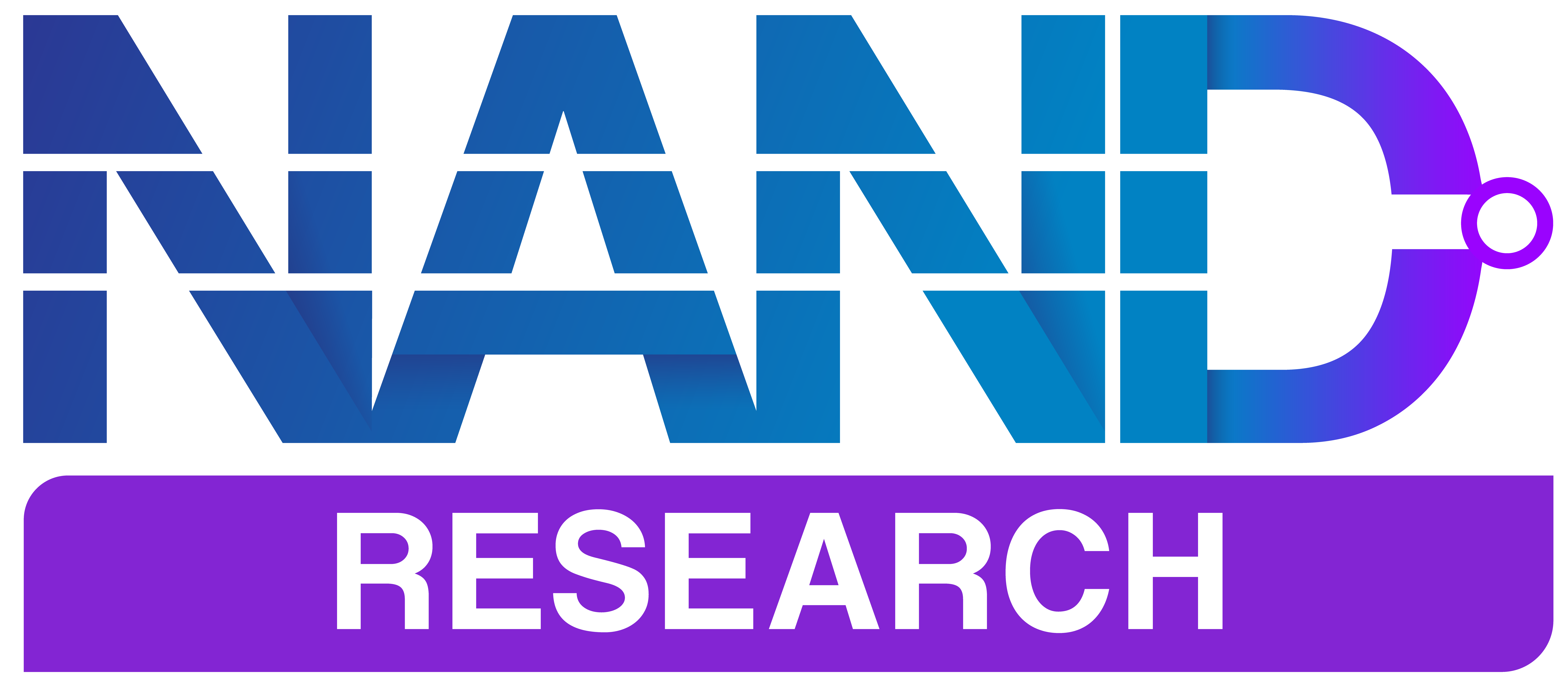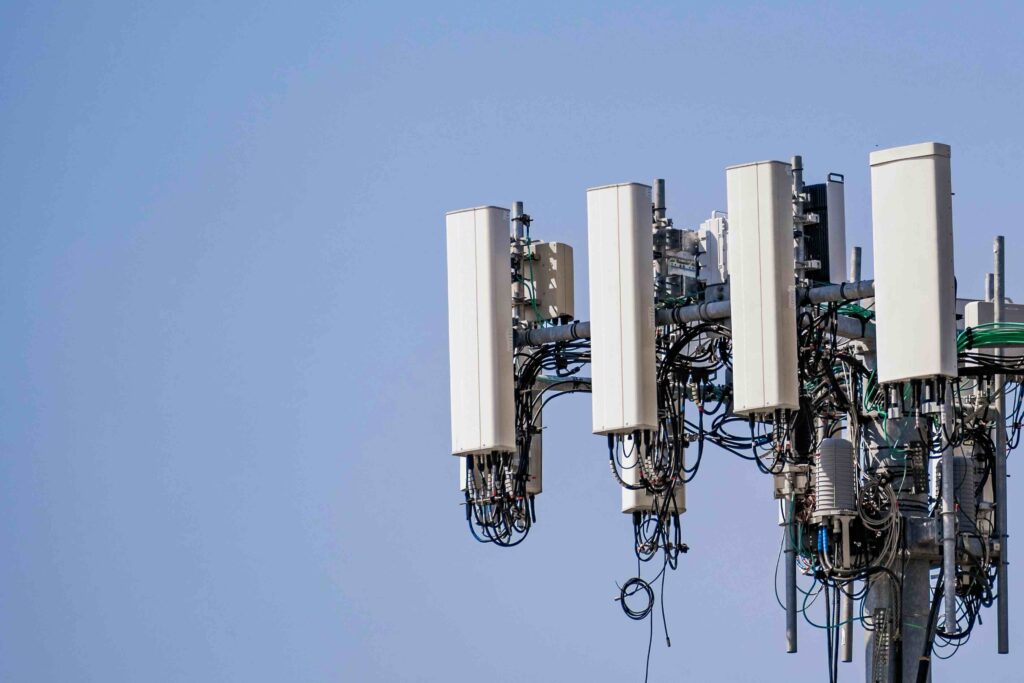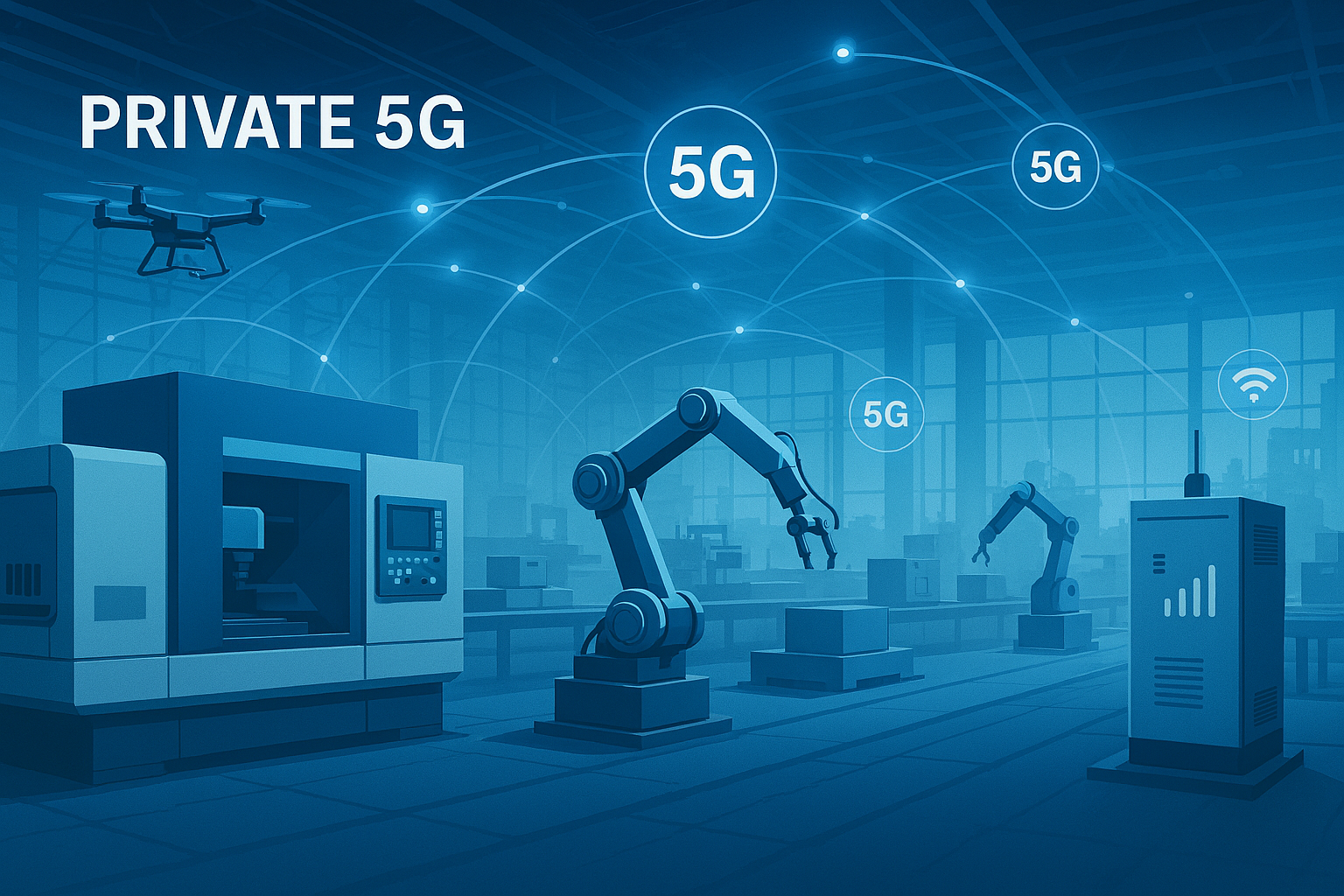If you blinked, you might have missed the tidal wave of AI, 5G, and cloud announcements at Mobile World Congress 2025. But don’t worry—we’ve got the cheat sheet.
The Big Picture: AI + 5G = $$$
- Celona, HPE, Nokia champion Private 5G — MNO’s (Mobile Network Operators) are trying desperately to keep up with Private 5G offerings. Look for a strong run from Celona, HPE, and Nokia to offer 5G connectivity to enterprises concerned about data sovereignty, latency, and security.
- Intel flexes its AI muscle with the new Xeon 6 SoC, an AI-accelerated processor that promises a 3.2x boost for RAN (Radio Access Network) performance. Translation? Faster, more efficient networks for enterprises relying on cloud and edge computing.
- Nokia isn’t sitting out—it’s linking arms with NVIDIA, SoftBank, and T-Mobile to roll out AI-powered RAN solutions. The value stream is still fuzzy for telcos but there is no doubt that the telecom AI arms race is officially on.
- AWS bets big on Outposts—expanding its Outposts racks for ultra-high-throughput, low-latency network workloads. Expect Cloud RAN deployments to surge as carriers and enterprises race to integrate AWS into their infrastructure.
- Lenovo drops AI-heavy business laptops—the ThinkPad X13 Gen 6 and ThinkBook 16p Gen 6 are designed with AI-driven compute and enterprise security at their core. The hybrid workforce just got an AI upgrade.
- GSMA’s Open Gateway Initiative goes all-in on 5G network APIs, with 72 mobile operator groups joining forces. This move unlocks enterprise-level connectivity and automation at scale, with major implications for industries like aviation, manufacturing, and logistics. 5G’s promise has always been about functionality (not speed) and API’s are bringing it.
Winners & Losers
Winners: AI-first enterprises, telecom giants modernizing their networks, cloud hyperscalers (AWS, Azure, Google Cloud), and IT leaders ready to embrace AI-enhanced 5G.
Losers: Legacy infrastructure players who haven’t figured out their AI game, enterprises still clinging to outdated network strategies, anyone betting against the cloud-driven AI economy, and MNO’s who have not yet figured out the enterprise private 5G game.
Why it matters:
- 5G Standalone (SA) is the real deal. GSMA predicts that 5G SA will drive 70% of enterprise revenue growth by 2030, unlocking a $127 billion market opportunity. Enterprises that still think of 5G as just a faster phone signal? Time to wake up.
- AI + Networking = Future-proofing. AI-powered network optimization isn’t just cool—it’s a business imperative. Whether it’s VIAVI’s AI-driven network validation tools or Nokia’s AI-powered RAN, the industry is shifting towards networks that think for themselves.
- Private 5G has an edge over MNO’s in the industrial environment. MNO’s are slowly figuring out their challenges with selling Private 5G. Meanwhile vendors with private solutions are grabbing land in the enterprise world.
- Cloud is eating telecom. AWS’s Outposts expansion shows that cloud providers aren’t just renting space—they’re embedding themselves deep in telecom infrastructure. Expect more partnerships (and possibly acquisitions) between cloud and telecom heavyweights.
Bottom Line
MWC 2025 cemented what we already knew — AI and 5G are on a collision course, and enterprises that don’t prepare will be left behind. The winners will be those who embrace AI-enhanced networks, cloud-native infrastructure, and API-driven connectivity. Everyone else? Well, good luck keeping up.
Companies mentioned: AWS, Azure, Celona, Google Cloud, GSMA, HPE, Intel, Lenovo, NVIDIA, Noka, SoftBank, T-Mobile, VIAVI





